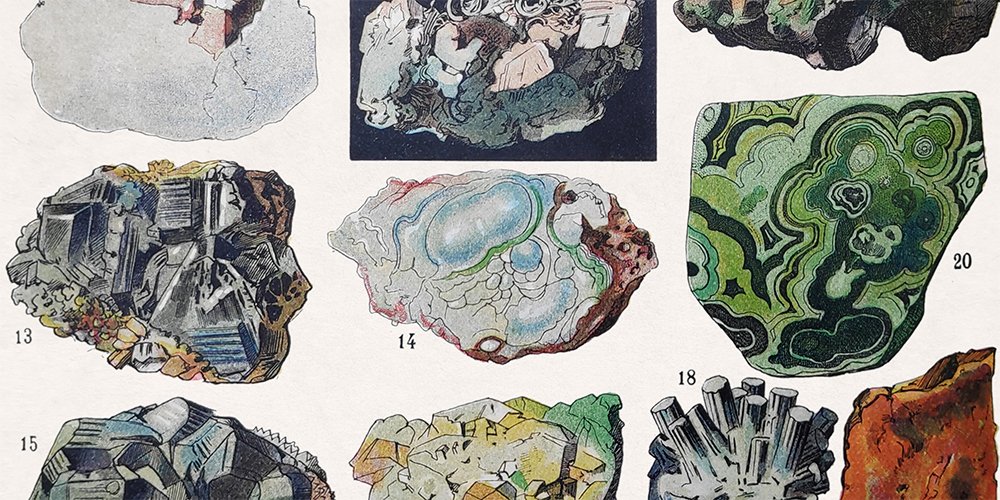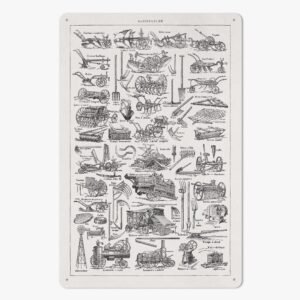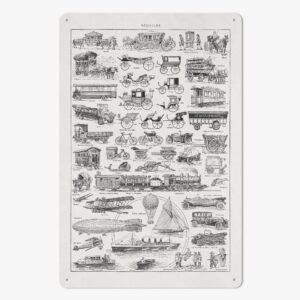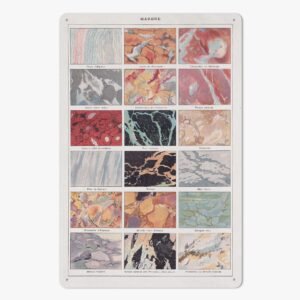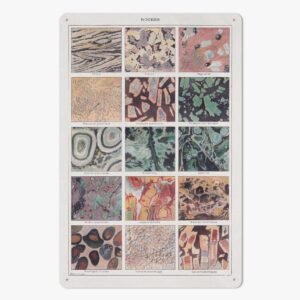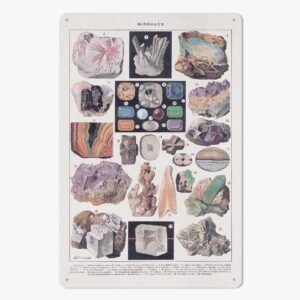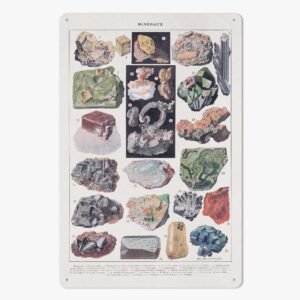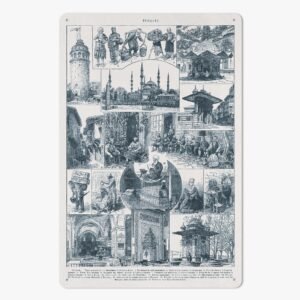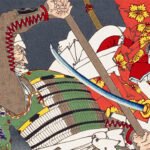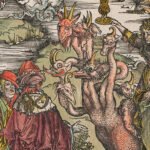Jacques Maurice Dessertenne (1867–1928) was a French illustrator and engraver best known for his detailed and elegant scientific illustrations. His legacy lives on in the world of natural history, anatomy, and dictionary publishing, where his refined line work and precise observation brought clarity and beauty to complex subjects. Dessertenne was one of those rare talents who managed to straddle the line between art and science, contributing extensively to educational publishing during the late 19th and early 20th centuries.
Origins and Background
Born on November 28, 1867, in Roussillon-en-Morvan, Saône-et-Loire, France, Jacques Maurice Dessertenne was the son of Émile Dessertenne, a professional engraver. Growing up in an environment steeped in craftsmanship and print culture, Jacques pursued formal artistic training under the guidance of esteemed artists such as Joseph Blanc, Jean-Paul Laurens, Antoine Étex, and Charles-Gabriel Forget. This rigorous education laid the foundation for his meticulous approach to art, blending aesthetic sensibility with scientific accuracy.
His Role in Scientific and Educational Publishing
Dessertenne’s career flourished between 1897 and 1914, with close tied to the world of encyclopedias and dictionaries, particularly the Larousse publishing house. He is most renowned for illustrating many of the plates for the first editions of the Larousse Classique Illustré and later contributed significantly to Le Nouveau Larousse Illustré and Larousse pour tous, where his work covered a range of subjects from zoology and botany to human anatomy and historical scenes.
His illustrations are instantly recognizable for their clean, expressive lines, clear labeling, and aesthetic balance—qualities that made them highly effective for educational purposes. These illustrations weren’t merely decorative; they were essential tools for learning in an age before color photography and digital rendering.
In addition to encyclopedic contributions, Dessertenne’s engravings appeared in scientific manuals, botanical studies, and anatomical references. His ability to accurately translate complex subjects into digestible visuals made him a sought-after collaborator by authors, scientists, and editors alike.
Artistic Precision Meets Accessibility
What makes Dessertenne’s work especially remarkable is how it combines scientific accuracy with an unmistakable artistic touch. Whether illustrating the structure of the human brain, the feathers of a tropical bird, or the inner workings of an industrial machine, he infused every piece with a quiet elegance. His line work was not only informative but also visually pleasing—an attribute that continues to make his illustrations collectible today.
Although he did not publish major books under his own name, his artistic fingerprint is found across many authoritative volumes of the early 20th century, making him a foundational figure in French scientific illustration.
Decorate with Timeless Intelligence
Looking to add a touch of vintage elegance to your interior? Jacques Maurice Dessertenne’s prints are a perfect blend of art, science, and historical charm. Below, you’ll find a curated selection of his illustrations—ideal for framing and displaying in a study, living room, or creative space. Let the refined beauty of Dessertenne’s work bring a sense of curiosity and culture into your home.

